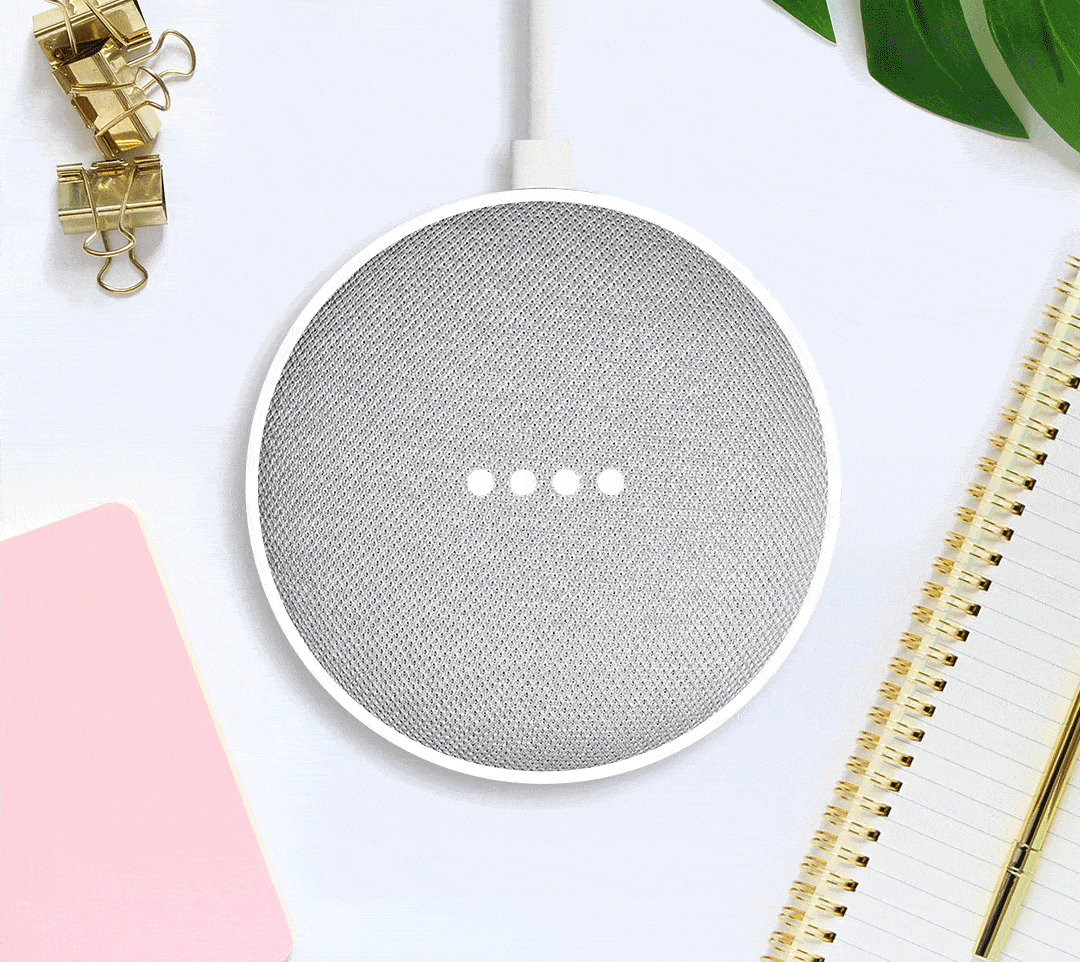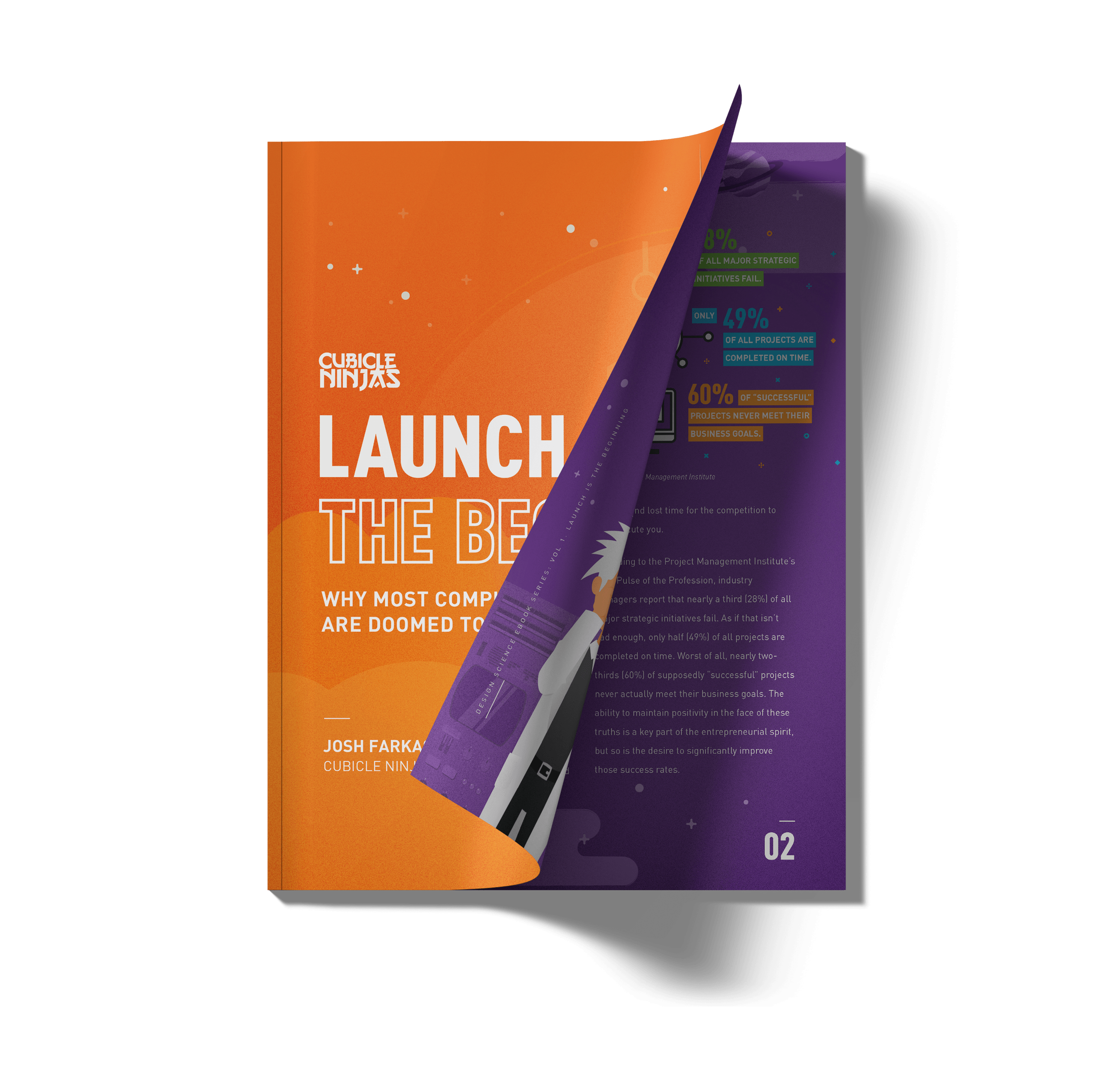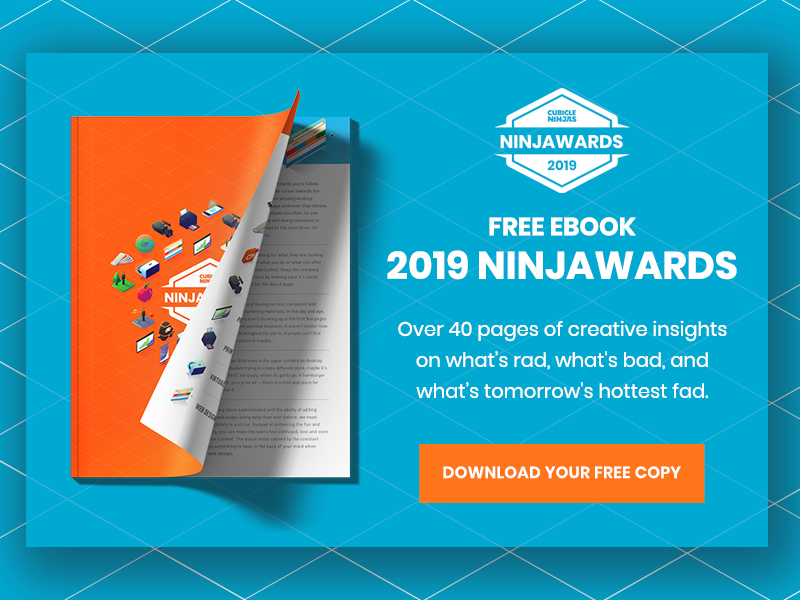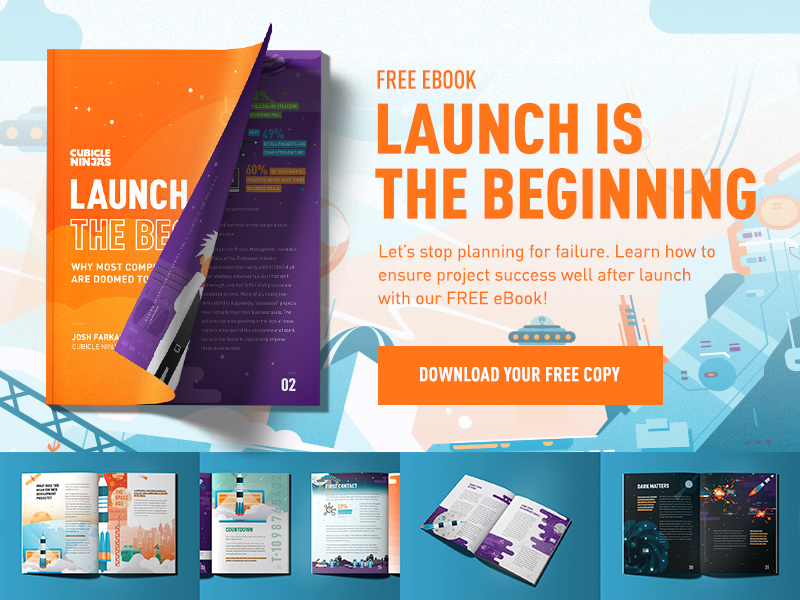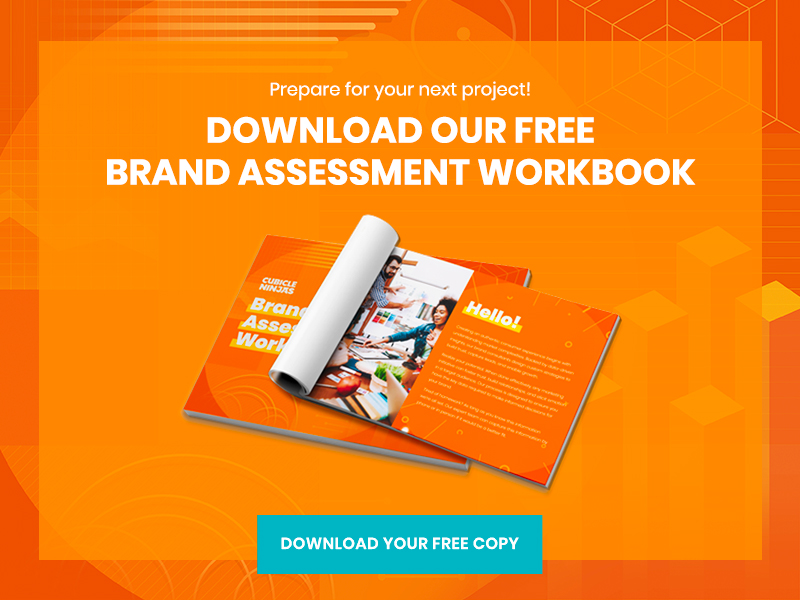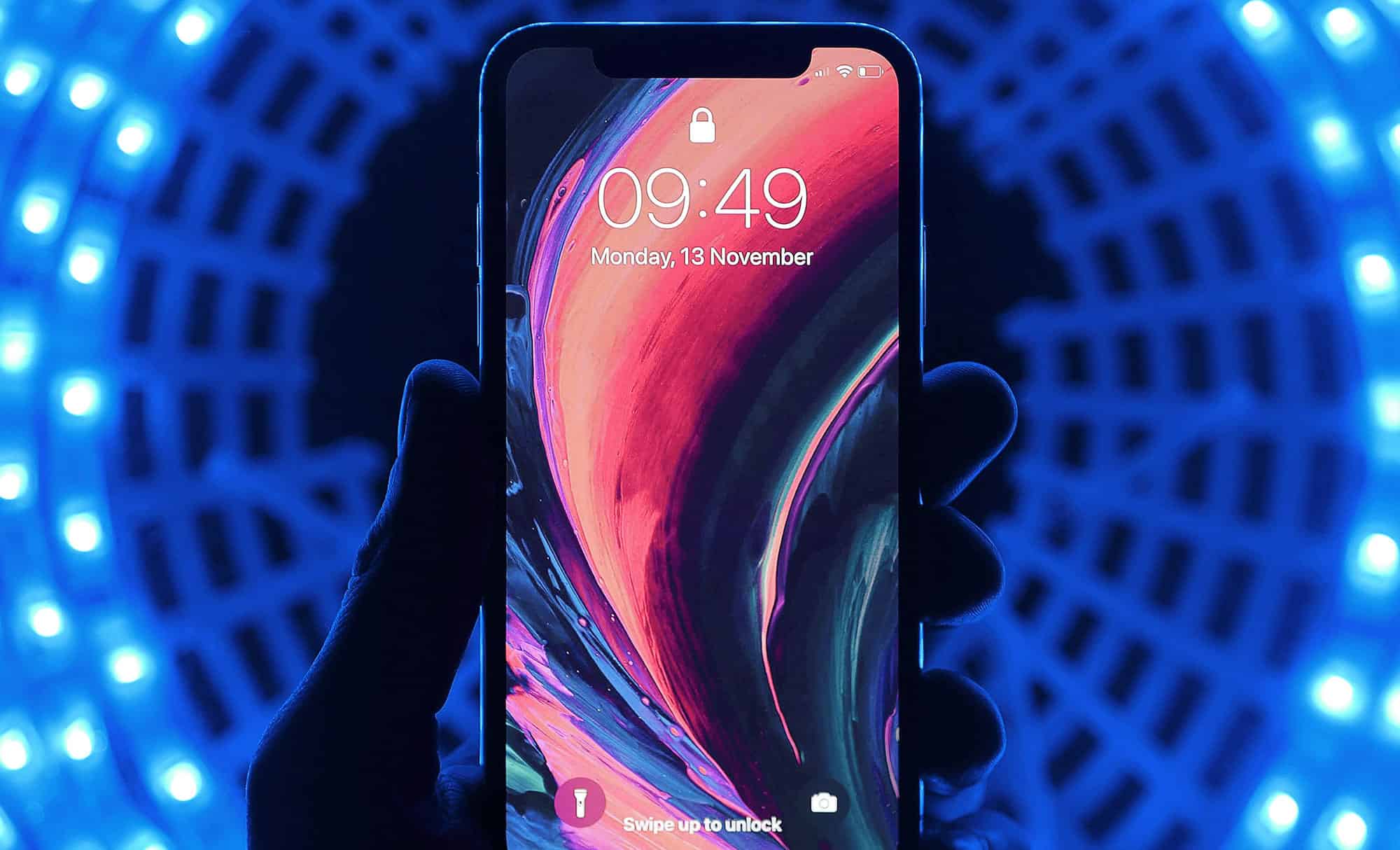
2019 Application Design Trends – Ninjawards
One of the core ninja principles is to always question the status quo.
Each year, Cubicle Ninjas’ reviews the industry’s creative highs and lows to publish a curated list of notable efforts in each specialty. Think of it as a highlights reel of the years’ best and brightest, along with some cautionary tales.
The Ninjawards provides a platform for inspiration, constructive criticism, and ultimately, recognition of bright new areas of design or technology. We hope our thinking unlocks new perspectives about the future of your creative in Application Design!

Voice Assistants
It’s hard to argue that 2018 was the year voice assistants grew in both number and practicality. Whether it’s good ol’ Siri, the Google Assistant, Google Home, Amazon’s Alexa, or Samsung’s Bixby, developers everywhere are implementing voice into their applications. These micro-interactions have created a more natural, hands-free way for people to interact with technology: through conversation.



From 2D to 3D
Our flat interfaces are breaking free from the bounds of traditional UI/UX. Whether you’re creating a web app that displays interactive products, a mobile app that shares augmented reality eCommerce, or a virtual reality app that immerses users in another world, the 2D world is going 3D. We’re in the early stages, but leading brands started embracing this transition in a serious way in 2018. The teams that make the transition sooner have a unique advantage.
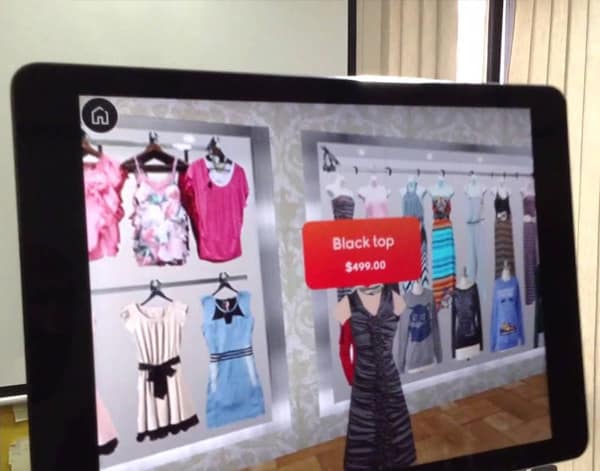



Use of Gradients
When used tastefully, gradients can add an otherworldly and calming quality to your application. Often paired with strictly light or dark color schemes, these smooth pops of color are a great way to draw attention to key functionality and create emphasis. Gradients aren’t limited to UI elements, though. In-app illustrations can also be a great way to add this aesthetic into your software.

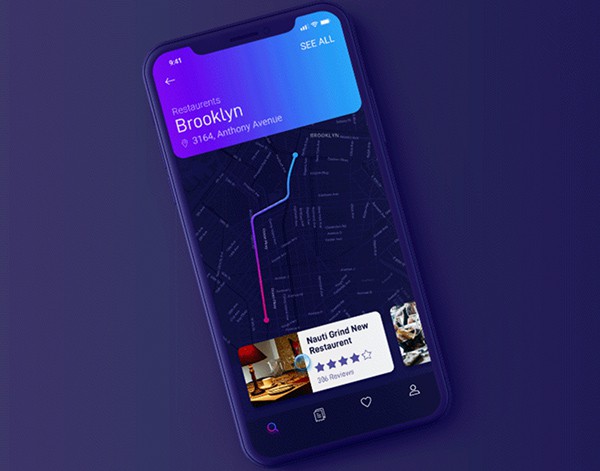
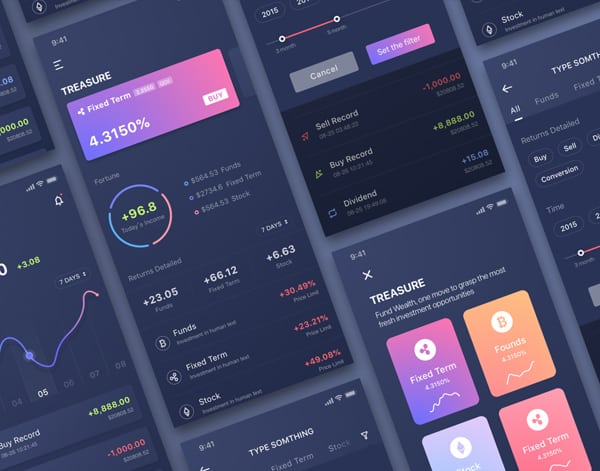
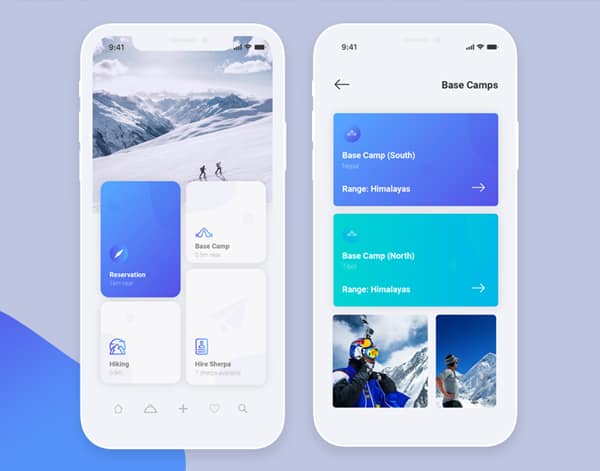
Progressive Disclosure
First-time application users can often feel overwhelmed by having to learn new UX patterns specific to your application. To remedy this, app developers are practicing a concept known as progressive disclosure, limiting the amount of content presented to the user and only showing them the essentials they need to make informed decisions concerning their flow through the application.
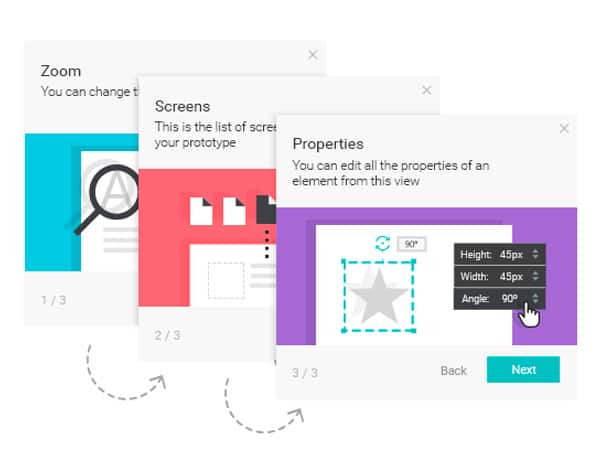


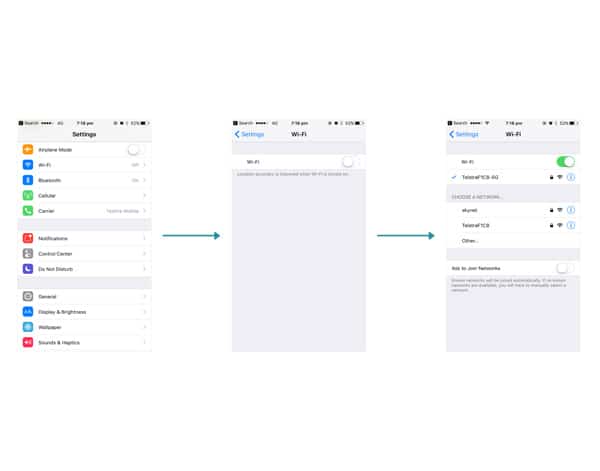
Privacy
With data leaks being the topic of congressional hearings and front-page news alike, it’s more important than ever to be a vanguard for your users’ personal information. Letting your users know that their data won’t be shared and is secure is a great way to build trust and create a loyal userbase. If you have an app that uses private data, you need to clearly share how this data is used and provide direct methods to adjust to their specific preferences. App developers need to prioritize privacy when designing and only request the data essential to function.
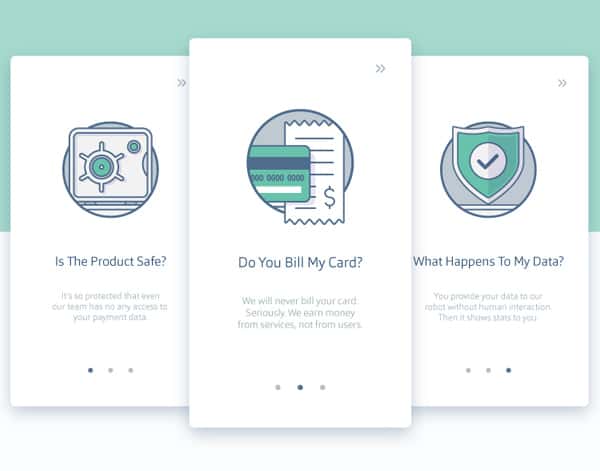
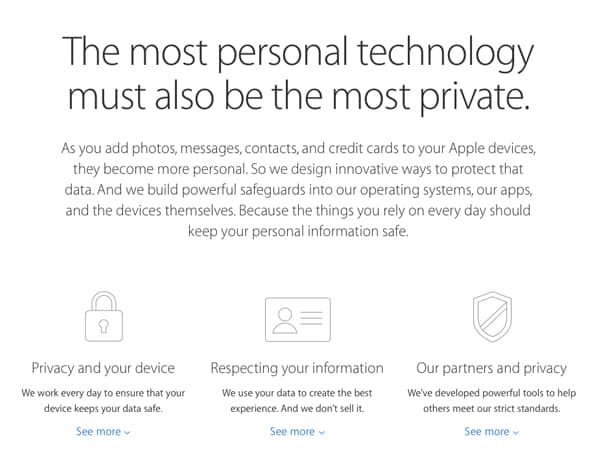

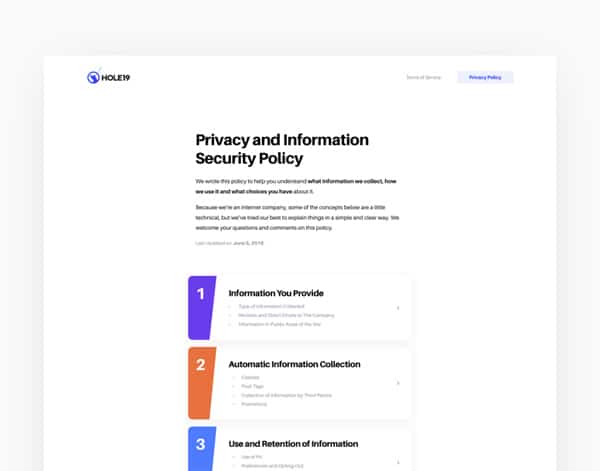

Emotional Design
Emotional design – design crafted to inspire specific emotional reactions – isn’t bad at all, but treating it like a fad is. Emotion-driven design isn’t a new or trendy idea – it’s a foundational element of the creative process. Moving forward, we hope designers and developers integrate this key aspect of design into their methodologies for greater understanding of their target audience and more successful creative projects overall.
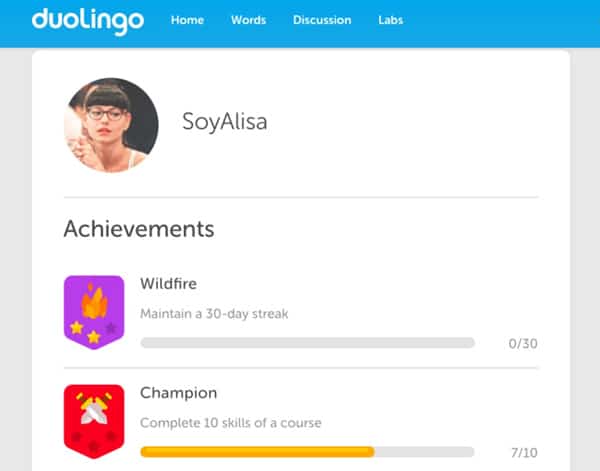
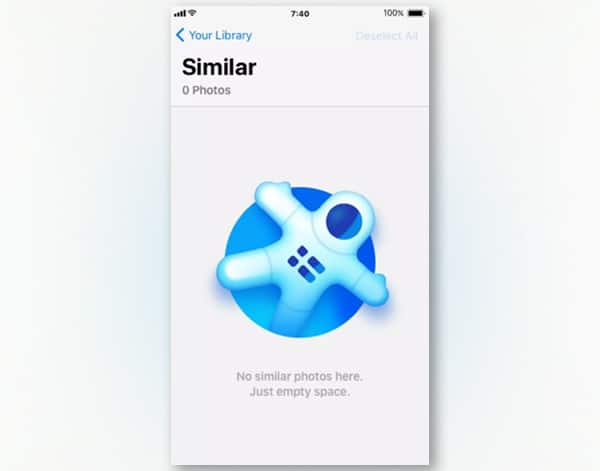
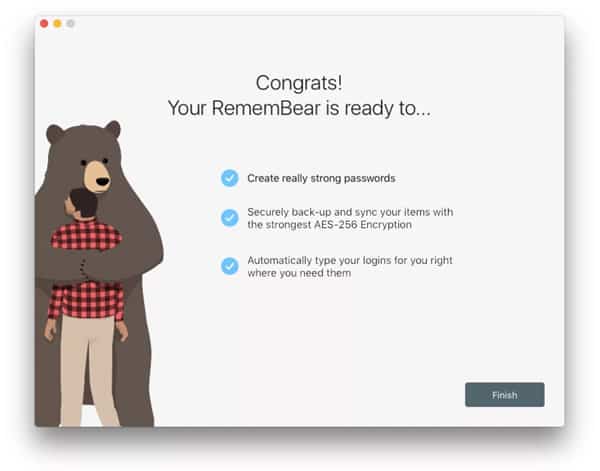

Wireframe Wannabe’s
Simple UI doesn’t have to look like a wireframe. There’s a fine line between a minimal aesthetic and an unbranded one. Application design that shoots for clean simplicity above all else risks appearing boring or incomplete. Apps like Lyft are great examples of rebrands that dared to have a voice beyond the wireframe.
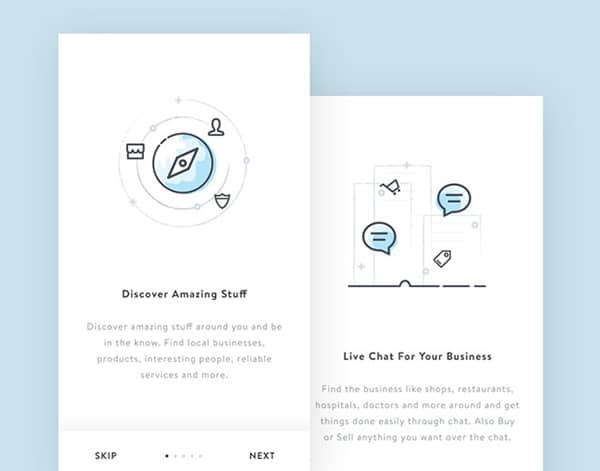

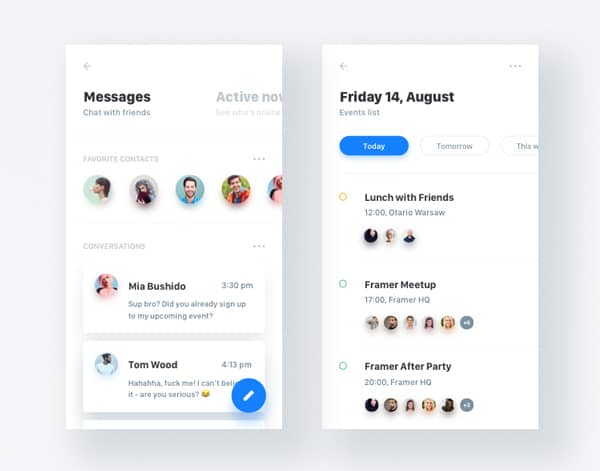

Overuse of Gradients
Everything can be good in moderation, and gradients are no exception. You might feel compelled to follow the trend and incorporate these dynamic swaths of color into your application. But, be warned, the overuse of gradients can lead to a lack of clarity and create an experience that feels poorly-branded and ostentatious.
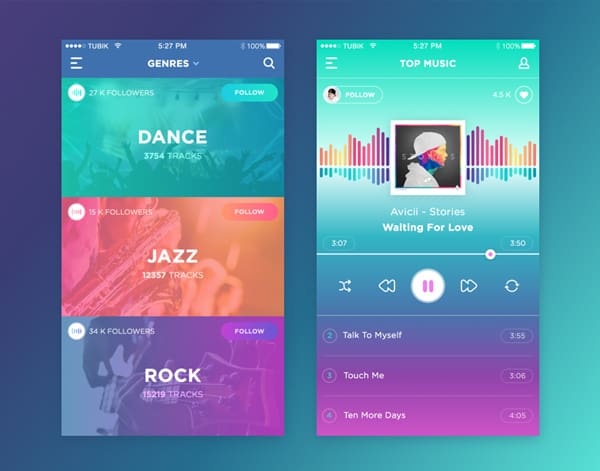

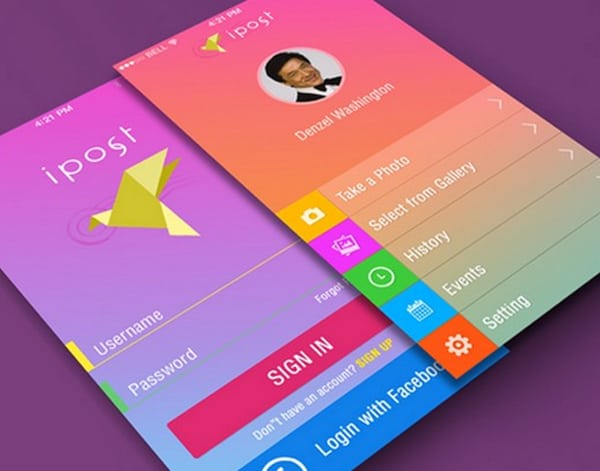
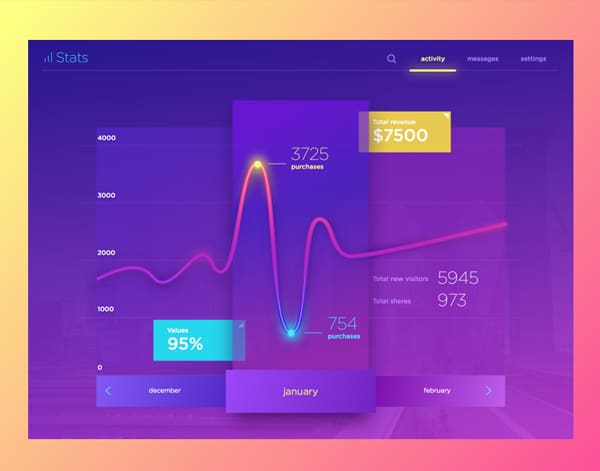
Compromised Security
We take our phones with us everywhere we go and, in a lot of ways, they know more about us than some of our closest friends. They track our location, monitor our search queries, and (some say) even listen to our conversations in order to serve us more targeted content. Let’s hope 2019 brings with it less invasive functionality and greater transparency about the collection and use of our data.

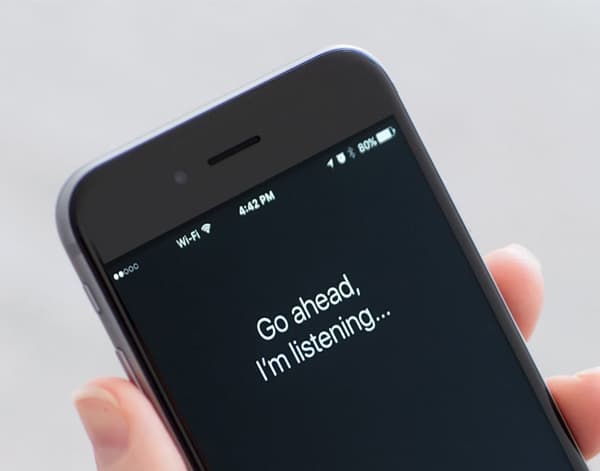


Fragmentation of Functionality
Despite the ever-growing library of applications available to users, we’re seeing usage statistics that suggest users only use as many as ten apps a day and as little as three. Because of this, major application developers are pressed to add supplementary functionality into their existing apps to mitigate app fatigue. The result is a bloated user experience where the user has almost too many options to choose from, which can be overwhelming and have a negative impact on usage.
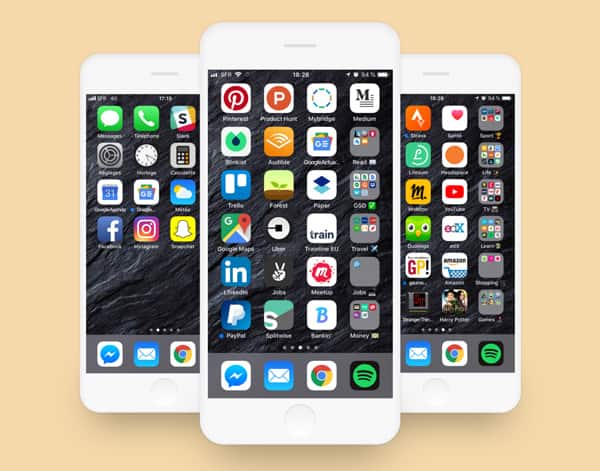
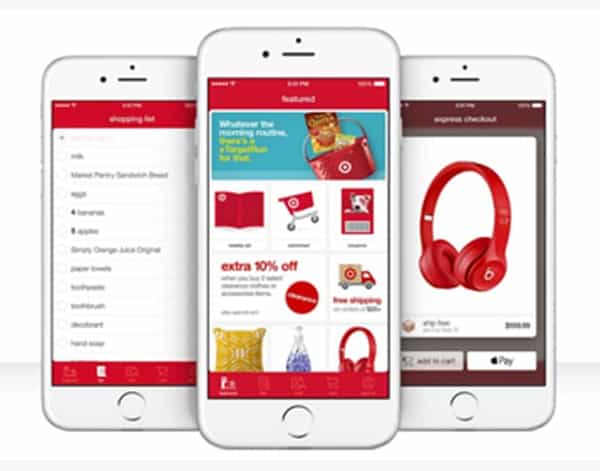
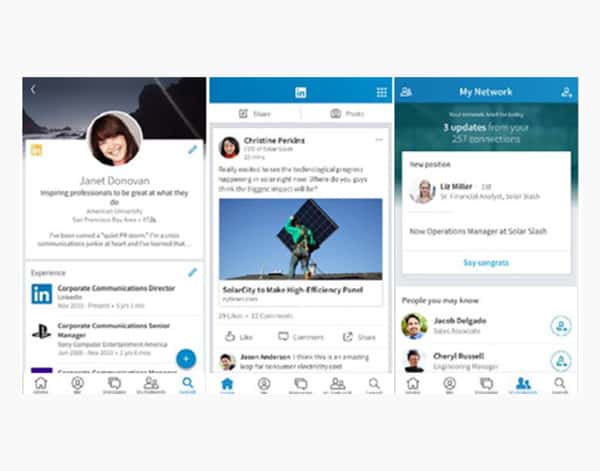

Beware of Appiness
Like we said above, users may already have all the apps they feel they need on their devices due to long-term experience and brand loyalty. Don’t feel pressured to bring your non-mobile experience to portable devices in hopes of expanding your install base. Just look at how well that went for Blizzard when announcing the mobile-only Diablo Immortal, based on a tried-and-true PC and console game. When Domino’s is making fun of you on social media, you might want to rethink your strategy.
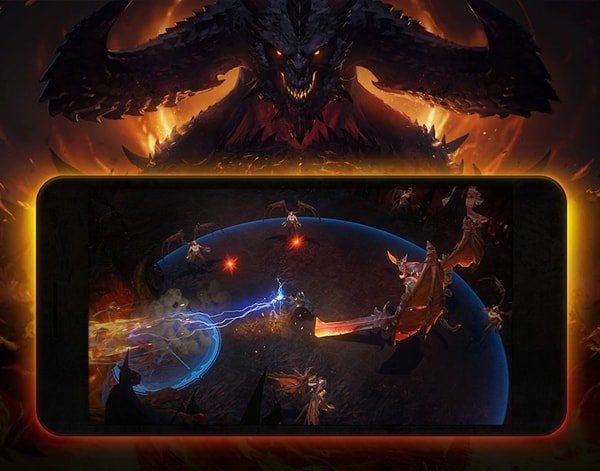
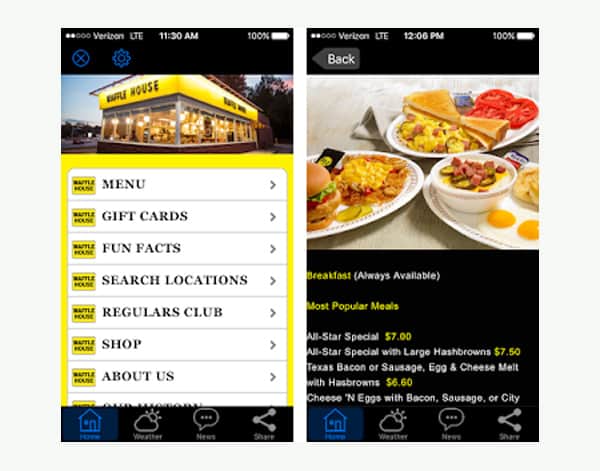
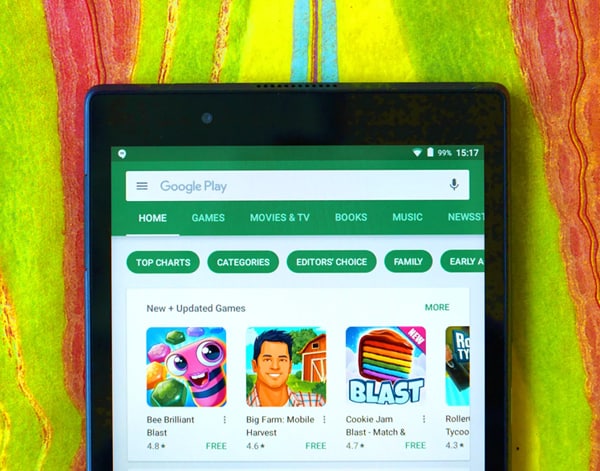


Gesture-based Navigation
As physical home buttons have continued to phase out, gesture controls have taken over as the main mode of travel through your phone and apps alike. While it may sound unappealing to hide interaction behind unspecified swipes, taps and pinches, with a brief tutorial, your users will be flying through your application with the greatest of ease.
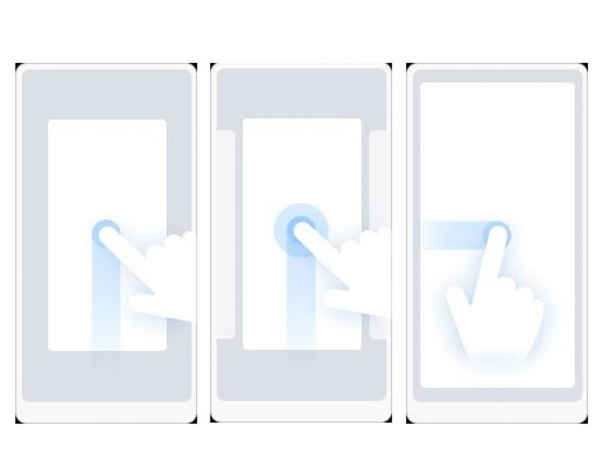

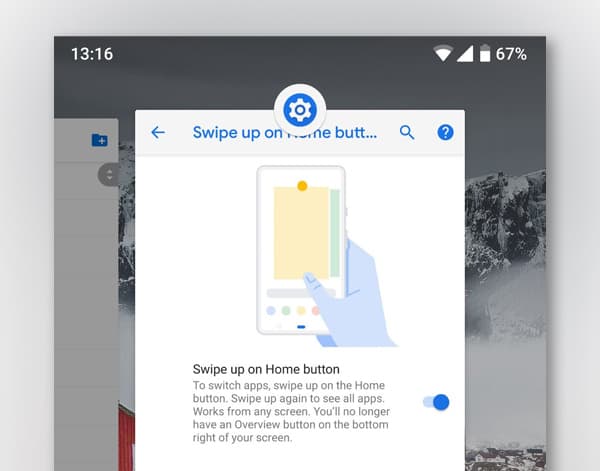

Digital Wellbeing
As much as technology aids our everyday life, it’s difficult to ignore the negative impact it’s had on the way we process information and interact socially in the real world. This past year, Google introduced their Digital Wellbeing initiative, a piece of firmware that would monitor your device usage and help users create a more healthy balance with their technology. Apple has a similar initiative with Screen Time, which shares an overview of how you use (or misuse) your favorite apps. As an example, you can limit how often you receive notifications so you’re not constantly pinged every time someone likes that selfie of you and your cat. The result is being able to uncouple from your digital life, and start enjoying the IRL a little more.
And if leaving the digital to improve wellness isn’t working, maybe we can make wellness more fulfilling with immersive digital experiences like our own Guided Meditation VR.




Single Utility Hardware Apps
We’re used to thinking that apps only live on our phones or laptops. Computers have to provide a range of varied use cases to be valuable, right? Not so much. Google Chromecast, Alexa Echo Dot, Oculus Go, or Facebook’s Portal are small, streamlined devices that do one thing exceptionally well. But what makes this dedicated hardware concept unique is that they’re built with app ecosystems in mind. The days of the mobile phone app gold rush are long gone, but a promising new frontier is this single utility hardware. It makes more sense to be a big fish in a smaller pond than launch an app into an overcrowded app store.

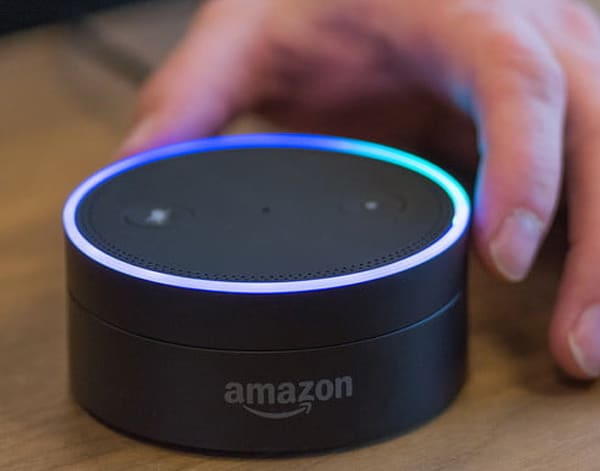
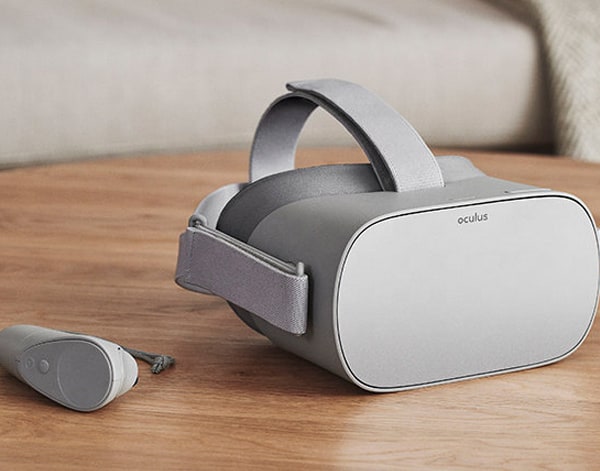
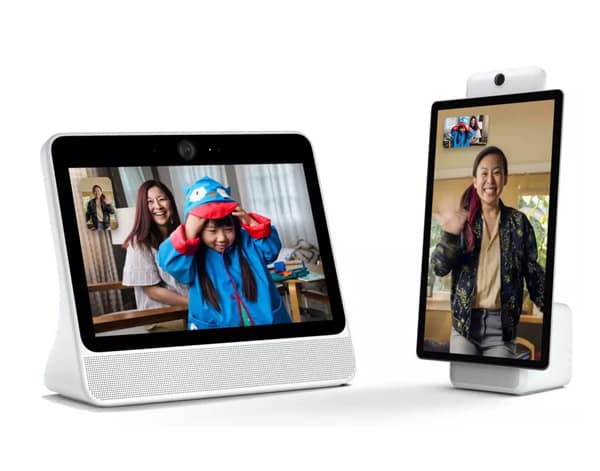
Biometrics
Whether it’s using your face or fingerprint to unlock your mobile device, users are becoming more comfortable allowing their technology to recognize them personally. These seemingly micro-interactions offer a unique way to save time and create a futuristic element to our everyday lives. We expect the variety of trackable biometrics to expand in the next year, creating ease of use and increased security.
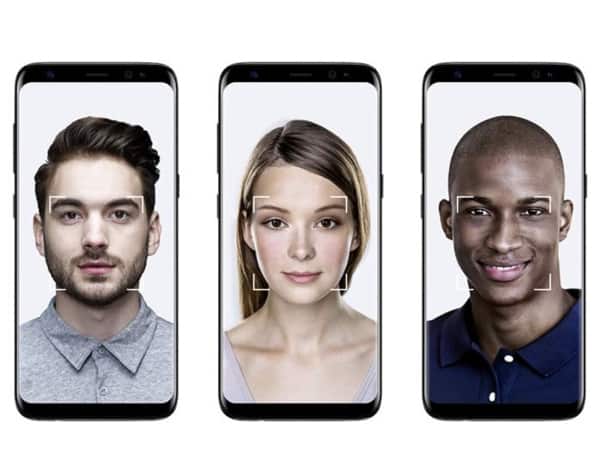
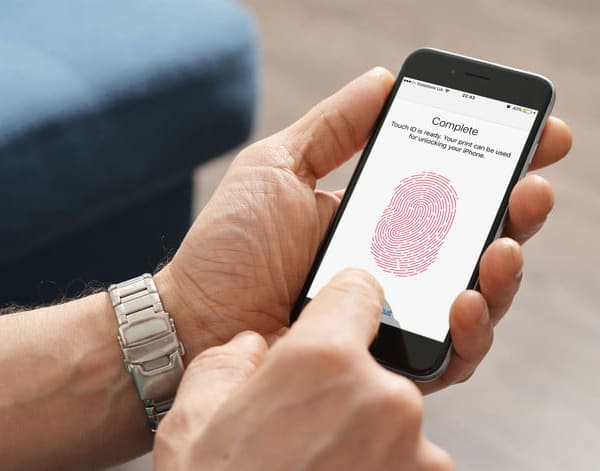

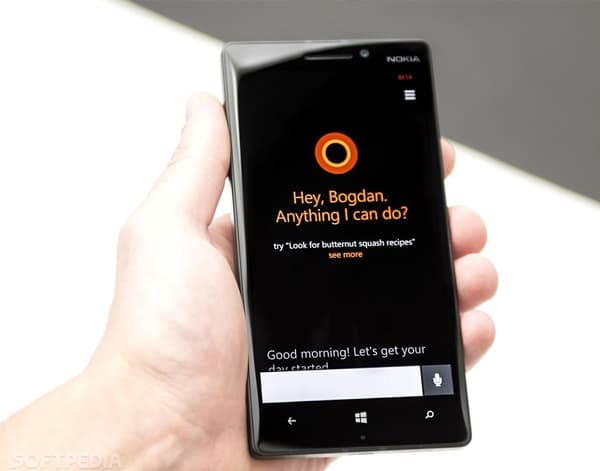
Launch is the Beginning
Cubicle Ninjas is celebrating our tenth birthday this year. With thousands of design and development projects under our belt from some of the world’s greatest brands, we’ve noticed a clear trend: successful teams see the world differently. Project launch isn’t a finish line, it’s just the beginning. Companies that think this way see exponentially greater and more frequent success in every project they touch. As part of our mission to stop bad design, we wrote a book about this revelation. To learn how to implement long-term design thinking in your organization, download our 100% free eBook, “Launch is the Beginning”.





